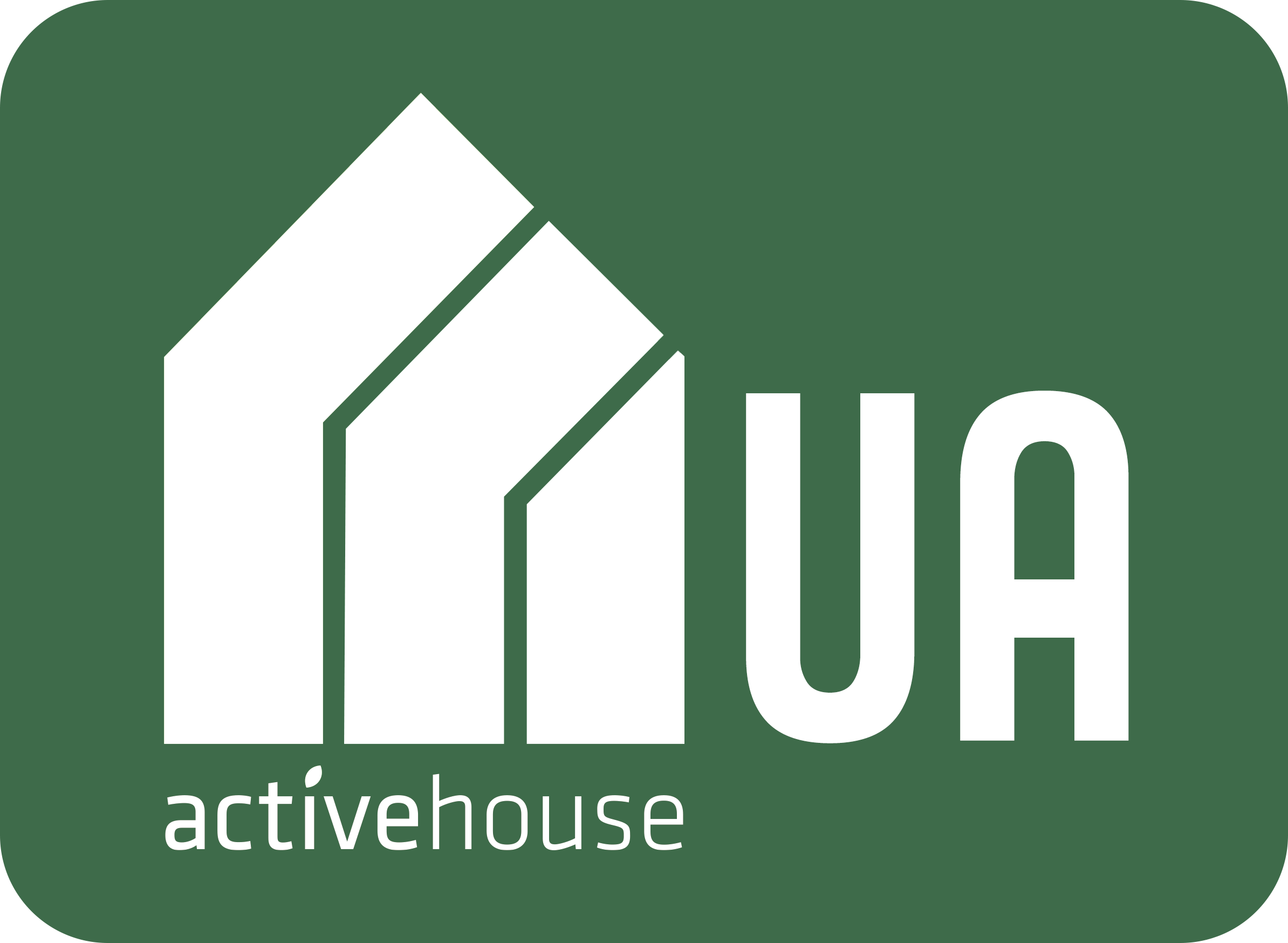
Active House is glad to announce that the jury appointed Green Solution House as winner of the contest because of its unique combination of the three Active House principles in the design processes, its detailed modernization of the existing buildings and its educational characteristics.
The Active House Alliance and the jury also decided that other three of the shortlisted projects should be awarded with an Active House label: Isobo Aktiv Haus in Norway, LichtaktivHaus in Germany and House at Lake Garda in Italy as the all represent a best case of the application of the Active House principles in different climates.
The Active House standard
is recognised in China

The Active House label is a worldwide quality stamp for comfortable and sustainable buildings. It advices on elements that are important to humans life and living in their home. The Active House label can be issued to buildings that has been evaluated in accordance with the Active House specifications and meet the minimum demands for indoor comfort, energy efficiency and environment.

Any project that feels they embody the values of an active house can sign up to the Active House site and promote their project.

Create a Radar according to our specifications to measure and show how ‘active’ your building is according to three key principles.

Active House label have been designed and evaluated with a combined focus on comfort, smart use of energy and minimum impact on the environment.

Active House has a vision to create buildings that offer healthier and comfortable indoor climate for their occupants without negative impact on the environment — measured in terms of energy, fresh water consumption, and the use of sustainable materials. This is an approach to building design that is seeing rapid adoption amongst the construction industry and architects. Despite the merits of this approach, there is now a need to actually quantify the parameters using real world data and not just estimates.
Leapcraft enabled this vision via the use of sensors and data processing software that can cope with real time analytics and streaming data. The use of sensors opens up the possibility to actually look for patterns, analyse historic data and even deliver insights for both planning and remedial measures, if required. This approach has been tried out at the Green Solution House in Bornholm, Denmark as the first of its kind experiment in collaboration with Velux and GXN Architects, on which experiment a report has been published beginning of 2018.
"This report explains the quantifying of Active House Principles by meticulous deployment of sensor nodes and collection of indoor environmental data over a period to verify if the building design lives up to its proposed standards. Following the insights, we are able to show its impact on indoor climate and energy consumption. We believe this approach to design and constant validation using data will deliver the promise of sustainable buildings and healthier living in the near future." – developers say.
For the full report, see here.













































